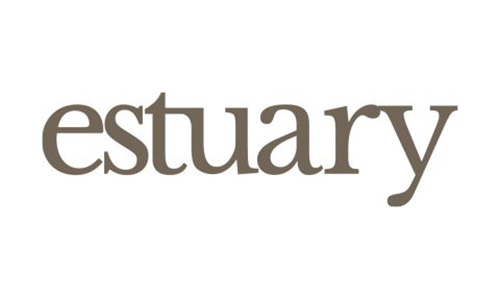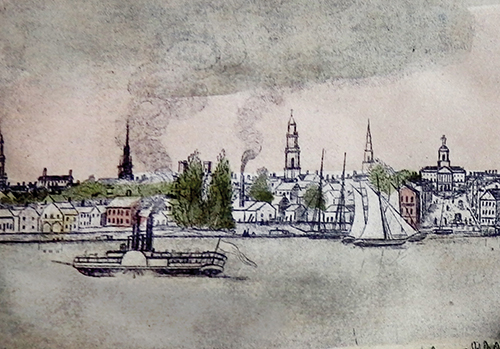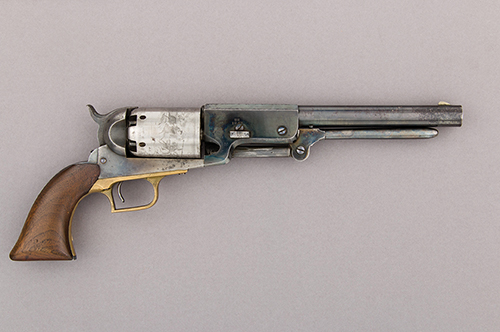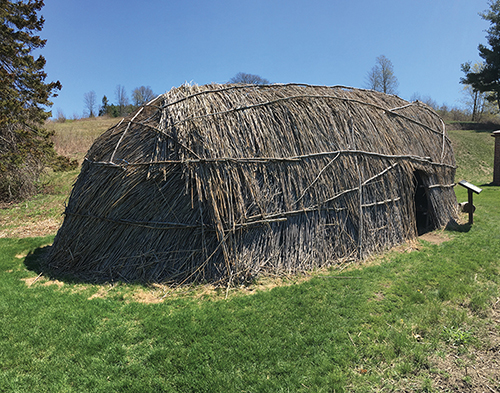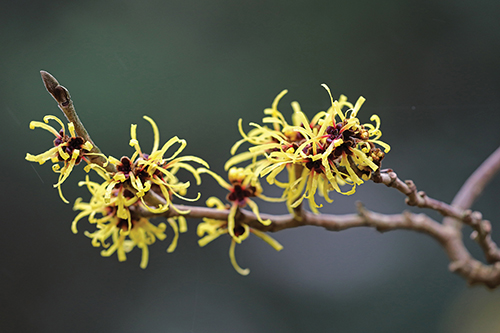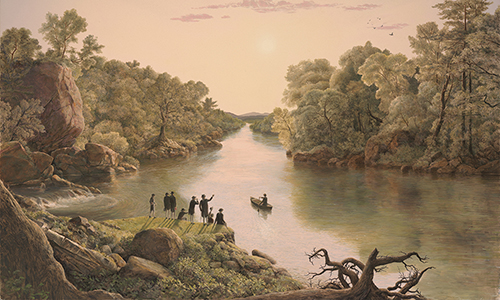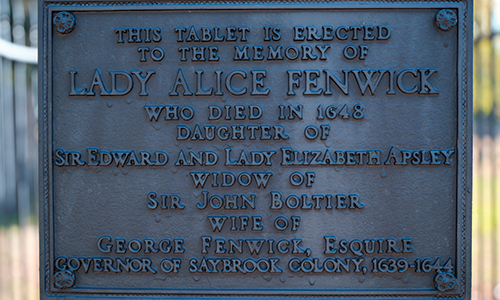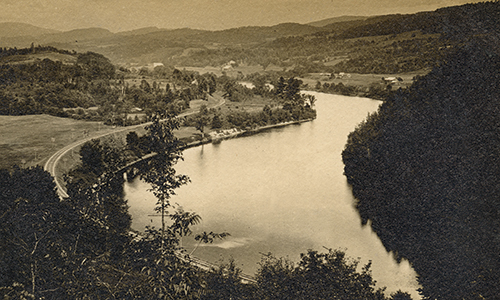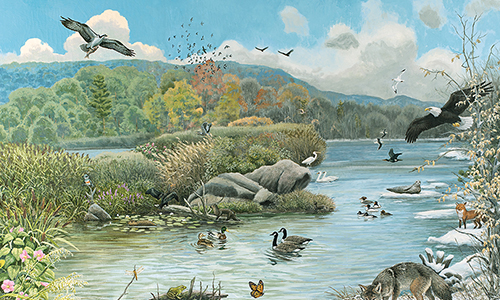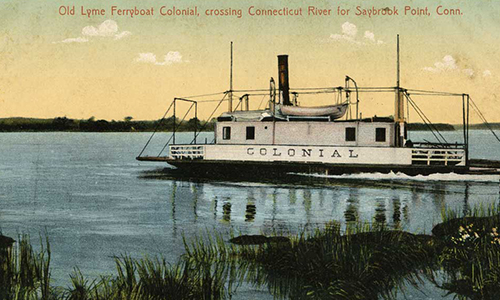This issue of Estuary contains our first article by a descendant of Indigenous people. These people inhabited North and South America for thousands of years, maybe 12,000 years, long before the word “America” existed.
Crossing the Bar
There’s a sailor superstition about changing a boat’s name. State of New York, largest and costliest steamer ever to run on the Connecticut River, was to be called Vermont.
Colt
Heading up the Connecticut River, just below downtown Hartford, the west bank reveals an incongruous vision. Eyes are pulled to a blue, onion-shaped dome, spangled with golden stars and tipped with a rampant colt finial.
Qwannitucket
Qwannitucket, the Long Tidal River land known as the Connecticut River Valley, is the living pulse of this region currently known as New England. This article, which focuses on the lower valley of the Connecticut
River, is intended to raise awareness in modern society about the beautiful
resource that connects north to south, mountains to ocean, the swimmers, winged, four-legged, two-legged, and all the living beings known and unknown that dwell here.
A Witch Hazel Winter
Walking through the Connecticut River Valley woodlands in the autumn, you might happen upon a large understory plant with gentle golden star-flowers and few leaves, a strange anomaly this late in the year. This is witch hazel, sometimes called spotted alder or winterbloom, and grows throughout New England, appearing to be a large, irregular shrub or small tree.
John Ledyard’s Journey
The year 2020 notches a notable anniversary in the annals of the Connecticut River. It is the centennial year of Dartmouth’s Ledyard Canoe Club. Each spring their cadres of collegiate canoeists replicate the legendary paddle their progenitor took in May of 1773. His adventure is the most famous canoe journey in the long history of the River.
Lady Fenwick
One May morning in 1638, a ship slipped down the Thames River in England bound across the Atlantic Ocean. The doughty craft’s destination was the Connecticut River. Deep in her hold were boxes and barrels packed with seeds, cuttings, and saplings. The cargo comprised a formal English garden to be transplanted where only a short time prior the blood of English colonists and their indigenous enemies seeped into loamy Connecticut soil. Below decks, in a cramped cabin shared with her husband and infant son, an extraordinary free-spirit who was to become “the most magical and mysterious woman in Connecticut River history” planned her plantings and battled mal de mer.
Who Owns the Connecticut River?
Our Connecticut River has a storied past—especially the struggles between contenders for who owned the River. As one of our most discernible landmarks flowing down the center spine of New England, the River was referenced as a boundary of the various states beginning as early as 1644 with kerfuffles lasting nearly 300 years.
The Connecticut- Meet the River
The word “Connecticut” stems from a French corruption of the Mohegan word “Quinetucket,” which means “beside the long tidal river.” Adriaen
Block, the Dutch explorer and first European to chart the River in 1614, called it the Fresh River. The English first settled the area in the 1630s and referred to it as the Great River.
Ferries of the River
The Connecticut River connects us up and downstream. It also separates us from bank to bank. For thousands of years, indigenous people used dugout canoes to get from one shore to the other. The dugout could easily carry the people, meat, plants, tools, and fish around which their foraging lifestyle revolved. Trees transformed into boats were powered by paddle, wind, current, and tide. These organic craft were totally sustainable.
- Page 2 of 2
- 1
- 2

